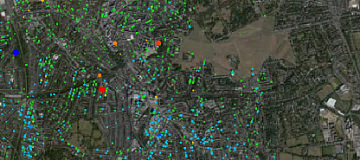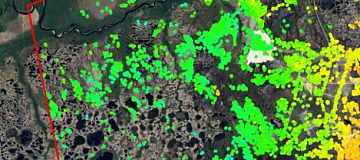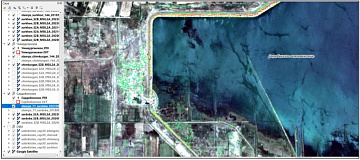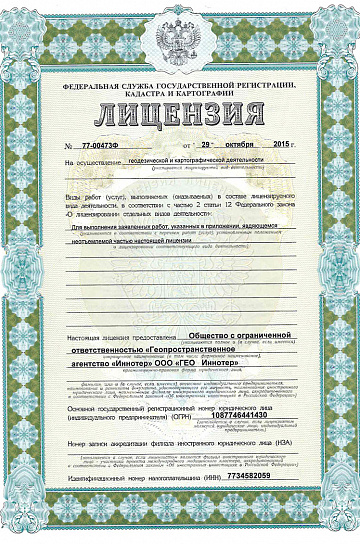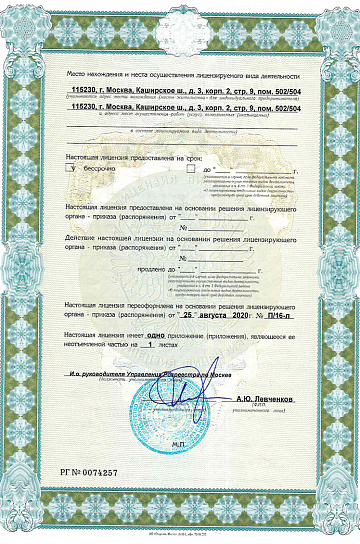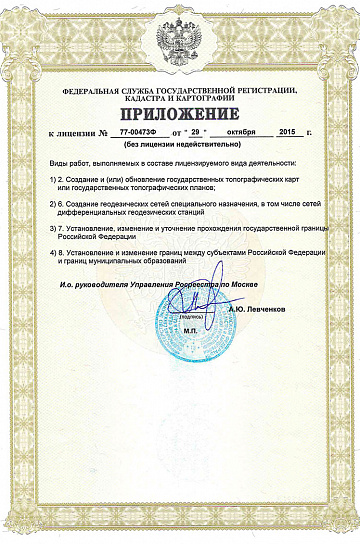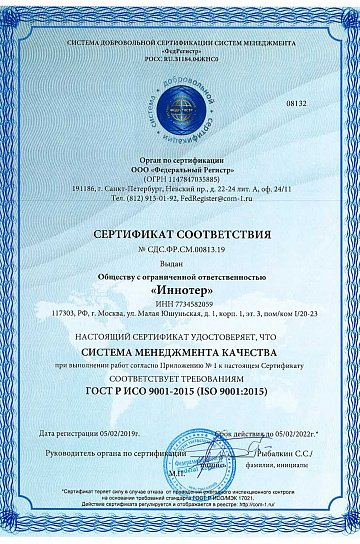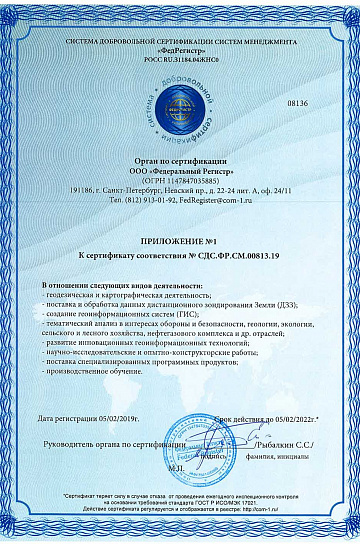Land displacement monitoring (InSAR Ground Deformation Monitoring) is carried out through the implementation of interferometric processing of multi-pass radar images of the same area, acquired with the same technical parameters and imaging geometry.
Radar interferometry allows for the detection of surface displacement and objects located on it with centimeter-level accuracy (for the Earth's surface) and millimeter-level accuracy (for buildings and structures), using spaceborne radar images as input data.
Geodetic monitoring aims to detect deformational changes, determine the causes of their occurrence, and provide forecasts for their future development and changes.

You can order from us
Prices for services
| Consultation | Free |
|---|---|
| Selection of images, preliminary analysis, preparation of technical task | Free |
| Ordering radar images |
The cost of satellite imagery is calculated individually for each order and may vary: - Use of free satellite images - And/or use of commercial satellite images (minimum cost of $1000 per scene (minimum 5 scenes)) * |
| Work of technical specialists and expert(s) |
From 1,000,000 rubles |
| TOTAL COST |
From 1,000,000 rubles |
* - if the Client does not provide their own imagery or it is not possible to use free images
The cost depends on:
- Area of the project site (work area);
- Type of imagery - archival / new, free images / paid images;
- Number of images;
- Quality characteristics of the images;
- Terrain complexity;
- Seasonality of the work;
- Advance payment amount;
- Whether it is necessary to purchase imagery or it is provided by the Client;
- And more.
The cost of execution is calculated on an individual basis, taking into account a specific of task.
After receiving the task description, we calculate the cost and send you a commercial offer.
Period of execution
The completion time of the work is from 20 business days from the date of receiving the advance payment and is calculated individually for each client.
The completion time of the work depends on:
- Total area of the project site;
- Availability of archival satellite imagery, the need for new imaging;
- Requirements for satellite imagery, the final deliverable.
The turnaround time for the service depends on the complexity of the work and is calculated individually for each client.
How to place an order:
Need for consultation?
Fill the form and we will contact you
Stages of service provision
The result of the provision of services
The Client receives a map of ground surface displacements, which visually and numerically displays the displacements of the Earth's surface and structures as of each survey date, accompanied by a technical report. Additionally, displacement maps can be generated for each direction (including horizontal component), along with a technical report.
- Digital models of vertical and horizontal displacements of the Earth's surface, as well as objects and structures, occurring during the period of radar satellite imaging over the Client's areas of interest;
- Results of interferometric processing of radar satellite images to create displacement models of the Earth's surface, objects, and structures during the period of these surveys.
- Proposals for organizing targeted regular radar satellite monitoring of ground surface displacements over the Client's areas of interest, as well as objects and structures, using radar differential interferometry.
Maps are provided in PDF, GeoTIFF, and contour lines (shp format).
Possible uses of the results
- Enhancement and validation of traditional geodynamic and geodetic monitoring technologies;
- Risk monitoring and control of extensive objects (bridges, pipelines, underwater crossings, etc.);
- Calibration of deposit models;
- Control of underground gas storages;
- Ensuring the safety of mineral extraction;
- Assessment of infrastructure stability;
- Evaluation of territories in the design of new objects, including using archival satellite images;
- Monitoring the impact of new construction on existing infrastructure;
- And more.
Requirements for source data
Exact geographical coordinates of the object in the required coordinate system (the specialists of GEO INNOTER will clarify the coordinates provided by the Client in any convenient form).
A set of multi-temporal images (at least 12 depending on the task)
Software:
- GIS - QGIS, ArcGIS, etc.
- Processing - ERDAS, ENVI SARscape, SNAP, etc.
Related services








Completed projects

Customers
FAQ
On the present day, there is no method that can guarantee the prediction of ground surface collapse. There are criteria for the occurrence of such catastrophes, some of which (such as ground surface displacement rate, its spatial gradient, displacement acceleration) can be assessed using data from spaceborne radar imaging. In combination with other methods (repeated leveling, satellite geodesy, seismic monitoring), radar imaging allows for obtaining comprehensive and systematic information about ground surface displacements, evaluating the mentioned criteria, and spatially identifying hazardous areas.
Licenses
Warranty
Guaranteed execution of work in accordance with building codes, standards, and regulations, using advanced methodologies and the most up-to-date software.- Federal Law "On Subsoil" dated February 21, 1992
- Federal Law "On Industrial Safety of Hazardous Production Facilities" dated July 21, 1997
- "Instructions for the Approval of Measures to Protect Buildings, Structures, and Natural Objects from the Harmful Effects of Mining Operations," RD 07-113-96, State Technical Supervision
- Client's internal regulations and requirements
We guarantee 100% quality of service provision. By collaborating with GEO INNOTER specialists, you eliminate risks and losses.
The presence of qualified personnel experienced in working with specialized software ensures these guarantees!












